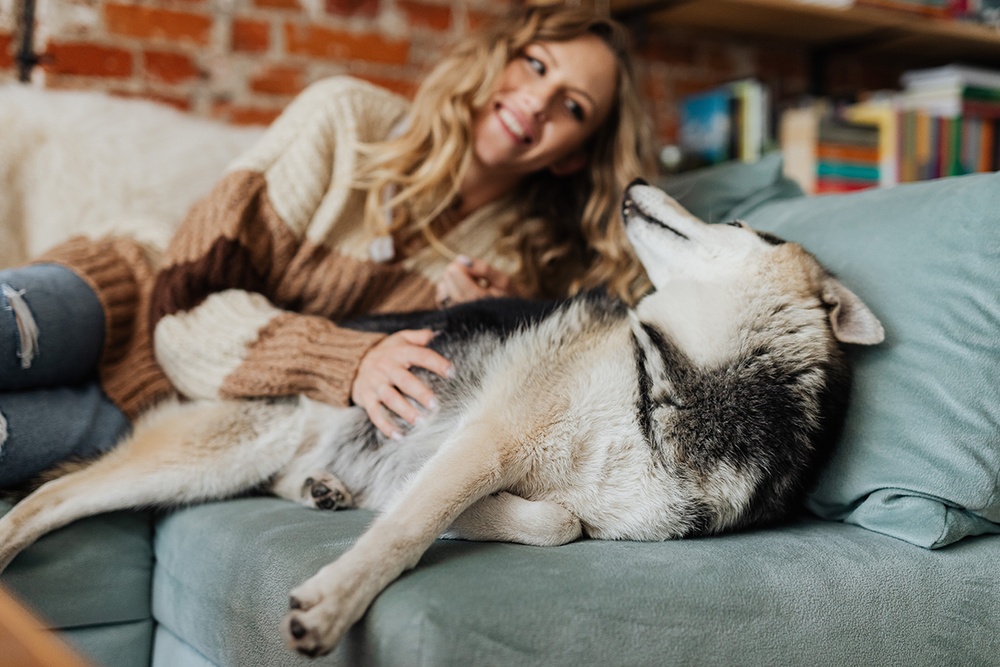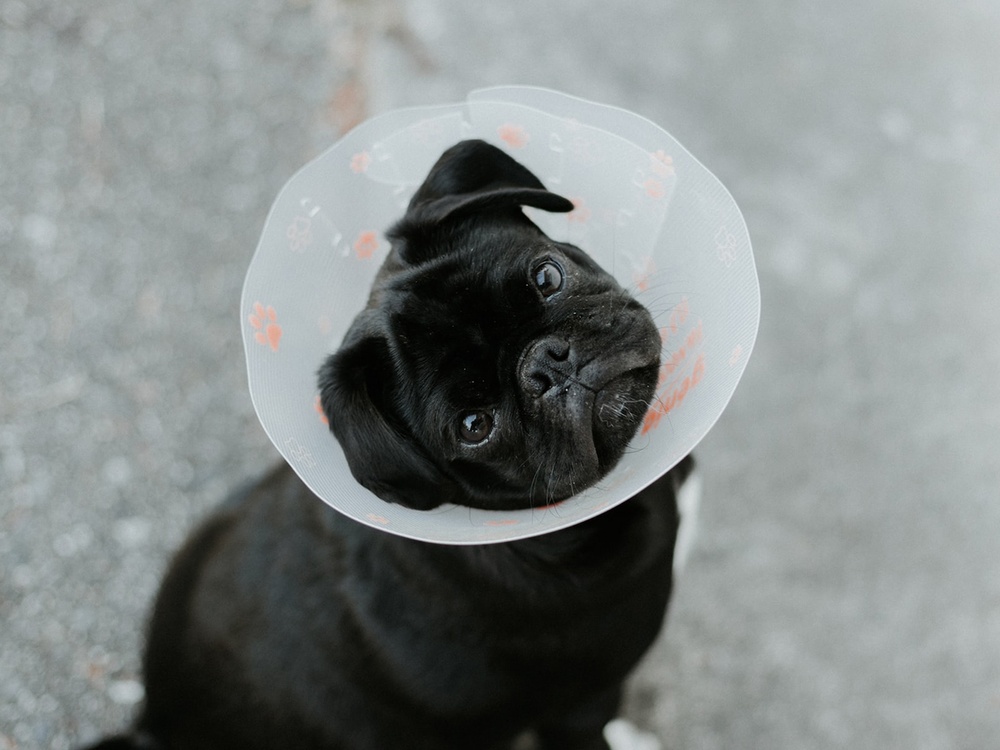Pet Health Insurance Guide: Everything You Need To Know
Our pets are part of our family. When they inevitably become sick or injured, we do everything possible to provide them with the best care. Pet health insurance can be the difference between a lifesaving treatment being a manageable bill or a financial hurdle.
Pet health insurance gives pet parents more freedom to make medical decisions for their pet’s care based on the best treatment options rather than cost. When a beloved pet is experiencing a medical emergency the last thing you want to worry about is your budget.
Today there are more options than ever for pet insurance companies and coverage. Choosing the best pet insurance for your furry family member can be overwhelming. It’s important to research options and pick the best plan for you and your pet.
Pet Insurance 101: What Is Pet Health Insurance?
Pet insurance works similarly to human health insurance. Pet parents pay a monthly premium for coverage. Then if their pet is sick or injured, the included medical costs are reimbursed.
Pet insurance is a way to prepare for the unexpected. An estimated 1 in 3 pets will need the care of an emergency veterinary hospital every year.
Plans vary: most only cover unexpected accidents, but others cover wellness and illness costs. You will have a deductible, and your pet insurance policy may exclude specific illnesses or pre-existing conditions.
Pet insurance is growing in popularity. The most recent North American Pet Health Insurance Association report shows around 4.4 million pets were insured in North America at the end of 2021.

How Does Pet Health Insurance Work?
Like human health insurance, pet health insurance is intended to lessen the financial burden of unexpected pet medical expenses when pet health emergencies arise.
Pet emergency room treatment can cost thousands of dollars if an injury is severe or if surgery is needed. Pet health insurance is one way to prepare ahead if your pet needs serious interventions.
Pet insurance plans come in four main options:
Accident-Only Coverage: Likely the lowest-cost option, it also covers limited expenses. Coverage may be limited to emergency vet services only or may cover diagnostic tests for specific accidents.
Illness-Only Coverage: This policy covers illnesses but not accidents or wellness care. If your pet’s breed is prone to chronic health problems and you're on a tight budget this may be a good choice.
Accident and Illness Coverage: A popular option that typically covers unexpected situations like a vomiting spell, sprained paw, or an ear infection. It may also cover diagnostic tests, and even medications and emergency care. This plan does not cover routine wellness care.
Comprehensive Coverage: This insurance plans offer the most coverage for your pet, including coverage for accidents and illness, wellness checkups, vaccinations, and other routine care like flea prevention.
Pet Health Insurance Basics
Understanding the meaning behind the pet insurance terminology will help you make the best choices for insuring your pets.
Pet Insurance Premium
This is the fee you pay (usually monthly) for pet insurance coverage. Lower premiums (payments) correlate with less coverage or higher deductibles. While higher premiums accompany more comprehensive coverage or coverage for older pets.
Pet Insurance Deductible
A deductible is the portion of the medical coverage you pay for before the insurance reimburses you. A lower deductible will have higher monthly payments, while a higher deductible will have lower monthly payments.
Some companies have annual and lifetime deductibles, while others don’t. Be sure you understand the details of the deductible policy of the insurance plans you’re considering.
Reimbursement Rate
Most pet insurance companies don’t pay the vet directly. As the pet owner, you pay the vet bills and then are reimbursed by the health insurance company. Typically the reimbursement process works like this:
- You pay the vet bill during your visit.
- Then you submit a claim to your pet insurance company. They may want to see receipts or medical documentation from the visit.
- You receive the reimbursement for covered expenses (after your deductible is met).
On average, reimbursement takes about a week to receive after submitting a claim.
Once the deductible amount is reached, your insurance company will pay a percentage of the medical bills covered in the policy at a specific rate. Depending on the policy, the percentage paid typically ranges from 60%-100%. The rate also impacts your monthly payment, with higher reimbursement rates equating to higher monthly payments.
Annual Coverage Limit
This is the maximum amount you could be reimbursed for in a billable year. If the medical expenses exceed this amount, you are responsible for all costs that exceed the coverage limit.
Common advice is to choose a coverage amount that covers costs above your ability to pay.
Waiting Period
Most providers also have a waiting period ranging from a few days to a few weeks. During this time, medical expenses are not covered until you’ve had the policy in place for a predetermined amount of time.
What's Covered vs. Exclusions:
Most policies vary on exclusions, but they all have exclusions. Before choosing your policy, carefully review the exclusions. Some of the most common exclusions include:
- Pre-Existing Medical Conditions: Unfortunately, no pet insurance companies cover pre-existing conditions. Anything in your pet’s medical history before the policy begins will possibly be excluded as a pre-existing condition. This also applies if you change providers.
- Pregnancy and birth: Some plans cover complications, but most consider pregnancy and birth an exclusion.
- Preventable Diseases: If your pet isn't vaccinated for a preventable disease (from kennel cough to parvo), treatment will likely be excluded from coverage.
- Specific breeds: Certain cat and dog breeds may be excluded or have higher rates if they are considered high-risk or are predisposed to certain medical conditions.
- Age: Pets younger than eight weeks or over fourteen years old are likely to be excluded from policies. Older pets may also incur higher rates due to the increased likelihood of needing care.
- Elective Procedures like declawing, tail docking, ear cropping, and nail trimming are often not covered.
- Non-Veterinary Services: Grooming, supplements, boarding, and training classes are not covered under pet health insurance policies. Other services that are often not covered include experimental treatments.
How Much Does Pet Insurance Cost?
Pet health insurance costs vary from as little as $9/month to policies at $90/month or more. The average monthly cost of pet insurance is $49 for dogs and $29 for cats for plans that cover both accidents and illnesses, according to the North American Pet Health Insurance Association. Many online pet insurance companies offer customized quotes after filling out a survey about your pet.
Pet Insurance For Dogs Vs Pet Insurance For Cats
Most pet health insurance companies offer policies for both cats and dogs, with similar coverage but at different rates. Generally, cats tend to have less expensive policies simply because, on average, their medical costs are lower than dogs and their risk factors are lower.
What Affects Pet Insurance Premiums?
Factors that impact pricing include:
- The type of coverage: premium coverage costs more but covers more.
- Deductible amount: higher deductibles equate to lower rates.
- Unique pet characteristics: species, breed, size, and age all may impact rates.
- Location: as veterinary costs vary by location so does coverage pricing.
Some pet insurance policies offer discounts for multiple pet households or for policies purchased and managed online.
When Should I Get Pet Insurance?
You can sign up for pet insurance anytime, as long as your pet meets the minimum age requirement. It varies by company but is usually six to ten weeks old. Most pet owners choose to enroll in pet insurance in the first six months of adopting a new pet.
Pet health insurance isn’t limited to one time of year for enrollment like human health insurance typically requires. There also isn’t a best time of year to sign up for coverage. Warmer months bring more activities (and opportunity for injury), and cooler months tend to accompany pet holiday health hazards.
It’s generally considered best to opt-in to a pet insurance plan sooner rather than later because pet insurance doesn’t cover pre-existing conditions. Signing your pets up for coverage before they have any major issues will limit the possibility of having non-covered expenses.
Can You Get Pet Insurance for an Older Dog or Cat?
You can absolutely get health coverage for older dogs and cats, but there may be more restrictions or limited options. Some providers may offer more limited coverage for older pets.
As your pet ages, the chance of illness and injury naturally increases, which will also mean higher medical costs and higher insurance payments. Forbes found that the best pet insurance prices were after a pet's first birthday until around age six.
How To Choose Pet Insurance
More pet insurance options exist today than ever before. Not just pet insurance companies, but also options in types of coverage. Making a few decisions based on your financial plans, risk tolerance, and the current health of your pets will help you choose the best pet insurance policy for your unique needs.
Ask yourself the following questions:
- What is my priority concerning coverage? Do I want more specific coverage or a comprehensive plan?
- Do you want a lower monthly fee with a higher deductible or vice-versa?
- How much could we pay out of pocket in a pet emergency situation?
- How many pets would you want coverage for? Many providers offer discounted multi-pet plans.
- Do your pets have any current health conditions or breed-specific known health issues? Most plans do not cover pre-existing conditions.
- Is an annual cap on reimbursements from your provider a factor in your decision?
- Do any of your pets have breed-specific health issues? Some plans may not cover common breed-specific health issues, but specific coverage can be added to a basic plan.
- Is it important that my primary veterinarian and local pet ER are included in the plan-approved providers?
Now that you have a more comprehensive view of your pet's health needs, you can compare plans. Pawp offers a list of the best pet insurance options based on specific pet species and ages. Figo and Pets Best are the most popular choices, review options on Pawp to see which provider is best for your pet.
Fact checked by Veterinarian

Dr. Paula Simons is an Emergency and Critical Care veterinary resident on her way to becoming a veterinary criticalist. She is originally from Philadelphia, Pennsylvania, and completed her veterinary training in Ontario, Canada, at Ontario Veterinary College. Dr. Paula Simons has a particular interest in critical care nutrition, trauma, and pain management. She enjoys the management of surgical patients and troubleshooting complex cases. Additionally, she is a huge advocate for her patients and ensuring their comfort. She has two cats named Moo and Kal, whom she loves dearly. More About Us













